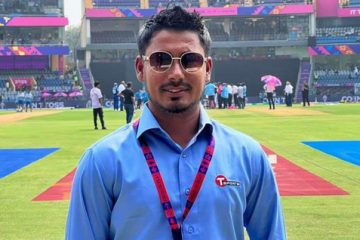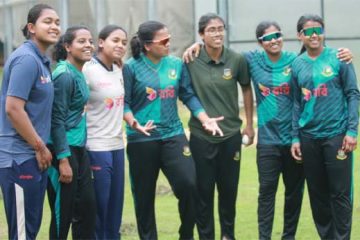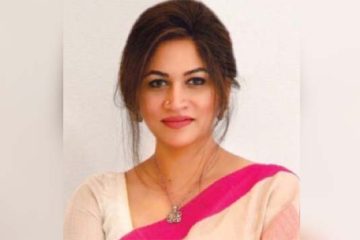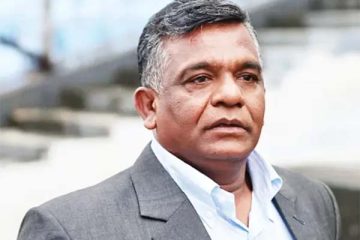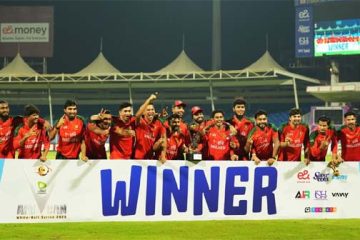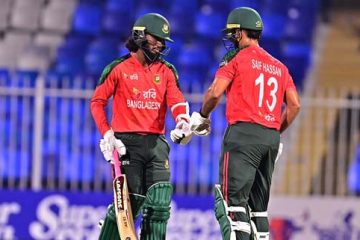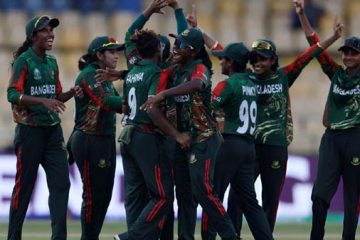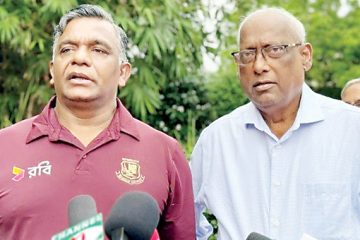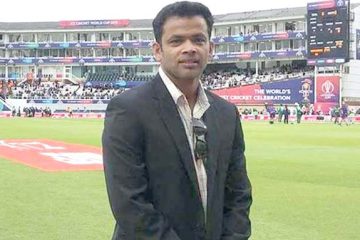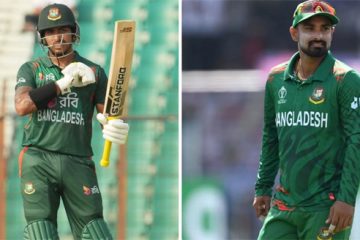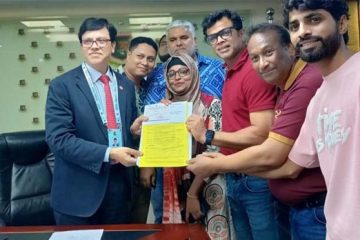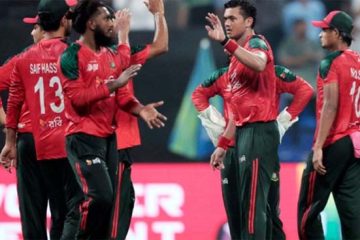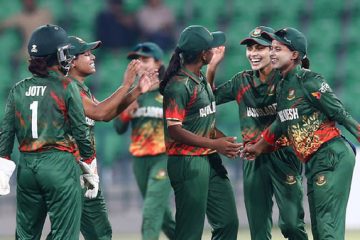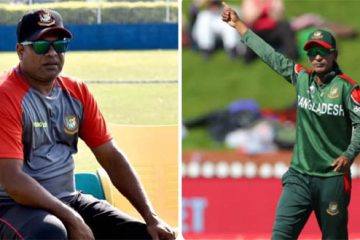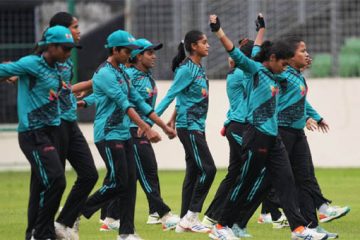Lankans conquer the world
The 1996 World Cup was the second to be hosted in the subcontinent, with Sri Lanka, India and Pakistan the co-hosts. The big change to the format was that there were 12 teams involved. Nine were Test nations — Zimbabwe had been awarded Test status in mid-’92 — and three associate members (Holland, Kenya, U.A.E) qualified through a separate tournament.
There were six teams in each group with each team playing all its group members once and the top four progressing to the quarterfinals; the first time there would be an eight-team knockout round in a cricket World Cup. It was also the first World Cup to have third-umpire referrals for run-out appeals.
Champions: Sri Lanka
If India’s triumph in ’83 was an upset, this was a fairytale. On, the field everything went right from the start for the second-youngest Test nation. They had only just begun challenging the big boys on a consistent basis, having impressed on their tour of Australia in late ’95 and early ’96, where they made the final of a tri-series involving Australia and West Indies. Still, no one seriously thought them a genuine contender when the Cup started.
Over the next month, they proved without doubt that they were the best team on view. They were the first team since the West Indies in the ’70s to go through a World Cup undefeated. The churlish might point to West Indies and Australia refusing to travel to Sri Lanka citing political unrest in the country and thereby forfeiting their matches against the co-hosts, but Sri Lanka did beat Australia convincingly in the final. Their style of play greatly altered the way one-day cricket would be played, and they outshone every team in the tournament.
They planned their cricket specifically with batsmen-friendly sub-continental conditions in mind. The side was packed with stroke-players, none more belligerent than the two at the top, Sanath Jayasuriya and Romesh Kaluwitharana, who was also the side’s wicketkeeper. Their partnerships weren’t always big, but they invariably got the side to a start at more than a run-a-ball. Jayasuriya especially was phenomenal. He finished the tournament with 221 runs with an astonishing strike rate of more than 131 runs per hundred balls, the highlight being a barnstorming 44-ball 82 against England in the quarterfinals.
The middle order was a mixture of explosive stroke-players and calm accumulators. Despite Sachin Tendulkar finishing as the highest run-scorer of the Cup, it was Aravinda de Silva who was the batsman of the tournament, behind the Indian superstar in terms of runs but decisively ahead in the average and strike rate columns. Joining him in the middle order were captain Arjuna Ranatunga, the left-handed Asanka Gurusingha and Hashan Tilikaratne, and Roshan Mahanama. All were players who could mix attack with defence, and on a given day if any three of them clicked, the opposition were in trouble, which in this tournament they inevitably were.
Their bowling was spin reliant, with Jayasuriya and de Silva contributing with their spin bowling in almost every match, backing up the regular spinners Muttiah Muralitharan and Kumar Dharamasena. Chaminda Vaas was their first choice pace bowler, and he proved effective in keeping the batsmen quiet. The second pace bowling spot toggled between Pramodya Wickrem-asinghe and Ravindra Pushpa-kumara, with the former eventually cementing his place for the knockout stage. In the field, Ranatunga usually spread his field out after the fielding restrictions, allowing singles but cleverly plugging the boundaries.
Their preferred method was to bat second, and rely on their dynamite batting line-up to chase down any target. This was amply showcased in their league match against India in which the Indians rattled up 271, but Sri Lanka chased it down in a canter, with Jayasuriya, Tilikaratne and Ranatunga blasting the bowlers all over the park. It was a blueprint they followed in the final in Lahore against Australia, where de Silva led the chase of Australia’s 241 with a dazzling hundred, and Sri Lanka became the first host country to win the World Cup.

